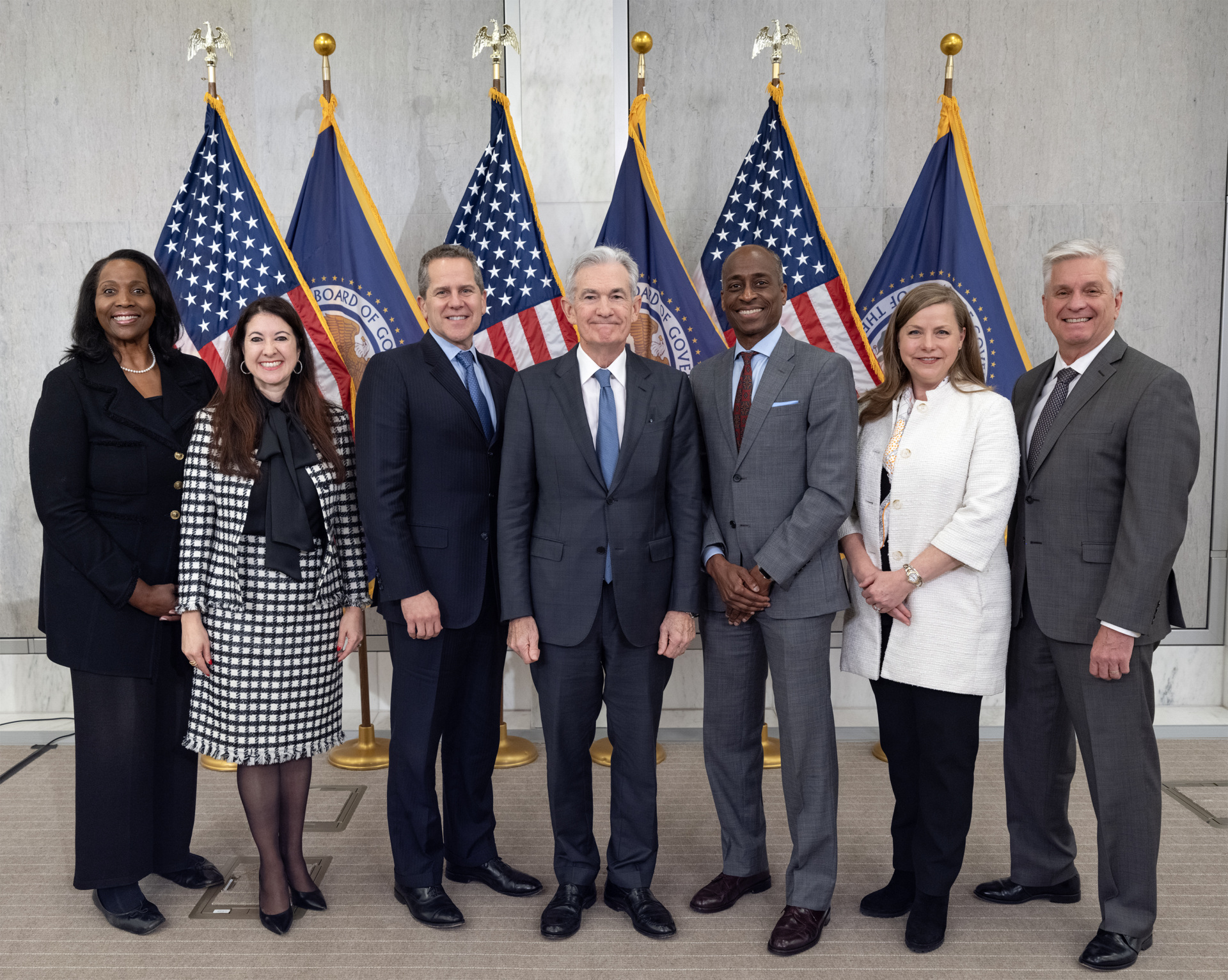Breitbart Business Digest: Even if Trump Fires Powell, the Fed May Still Defy Him
Trump’s Fed Problem Is Bigger Than Powell
President Donald Trump has never been shy about calling out Jerome Powell. Now speculation is mounting that Trump might go even further by removing the Fed chair altogether. But here’s the twist: even that bold and controversial move may not deliver the interest rate cuts Trump wants.
The financial press has worked itself into a frenzy over the possibility of Powell’s ouster, warning that it would shatter norms, spook markets, and compromise the Fed’s independence. But the real reason such a move might fail is not because of legality or optics, but because it simply wouldn’t work.
Unlike federal agencies with single directors—such as the Consumer Financial Protection Bureau or the Federal Housing Finance Agency—the Federal Reserve’s monetary policy is set by a large board called the Federal Open Market Committee (FOMC). The committee has 19 members, seven members of the Fed’s Board of Governors and 12 presidents of the regional Federal Reserve Banks. At any given meeting, there are typically 12 voting members: the seven governors (including the chairman and the two vice chairs), the president of the New York Fed, and four voting presidents from the regional banks.
The Fed Is Not a Dictatorship
It’s often assumed that the Fed chair calls the shots; but in truth, the power of the position is mostly derived from precedent and consensus. Typically, the governors and presidents vote with the Fed chair—in part because Fed chairs historically seek to build a consensus on the committee. While there are sometimes dissenters from the decisions of the FOMC, the chair’s view nearly always carries the day. The regional presidents are more likely to dissent, historically, than the governors, although sometimes they defect from the chairman’s view as well.
If Trump were to remove Powell, however, the remaining members of the committee might not feel bound by the precedent of voting with chair. To the contrary, they may decide to resist the new chair’s position in order to demonstrate the Fed’s independence from the president. This would be all the more likely if the new president were to attempt to rapidly change the stance of monetary policy to be more accommodative of President Trump’s policy agenda.

Federal Reserve Board of Governors from left to right: Lisa D. Cook, Adriana D. Kugler, Michael S. Barr, Jerome H. Powell, Philip N. Jefferson, Michelle W. Bowman, and Christopher J. Waller. (Photo: Federal Reserve via Flickr)
Currently, just three Fed governors were appointed by Trump. There’s Chairman Powell, who was initially appointed to the Board of Governors by President Barack Obama in 2012, elevated to the chairmanship by Trump in 2019, and reappointed as chair by President Biden in 2022. Christopher Waller was appointed by Trump in 2020 to a term that extends into 2030. Michelle Bowman was appointed by Trump in 2018, and Trump has recently indicated he intends to name her to be the vice chair for supervision, the top banking regulator at the Fed. Neither of them are likely to feel compelled to vote for a policy just because a newly appointed Trump chair wants to cut rates.
The four other governors were appointed by President Biden. None of them should be seen as likely to support a change in policy under what they would likely see as a “usurper” chair.
If Trump wanted a compliant Fed, he would likely not only have to remove Powell, he would probably have to remove most or all of the governors. This would amount to “packing” the Fed with his own supporters, something even Republican lawmakers might balk at when it came time for their Senate confirmation.
In other words, even if the court were to agree that Trump can remove Powell and his fellow Fed governors, Trump might still not be able to win a compliant Fed. He not only would have to win the court battles to establish his authority to remove Fed governors, he would have to win over the Senate to vote for his nominees.
A Big Fight for a Small Win
That’s a lot of political and economic risk to take on just to oust Jerome Powell—especially when Powell’s term expires next year. The juice probably would not be worth the squeeze, as the saying goes.
Trump’s instincts about the Fed being too tight may not be wrong. But even if the economy is softening and monetary easing is warranted, the reality is that political interference may be the least effective way to make that happen. Instead of cutting rates, the Fed might dig in.
It remains an open question whether Trump can legally fire Powell. But if the goal is looser monetary policy, it could be the beginning of the fight—not the end.





Comments are closed.